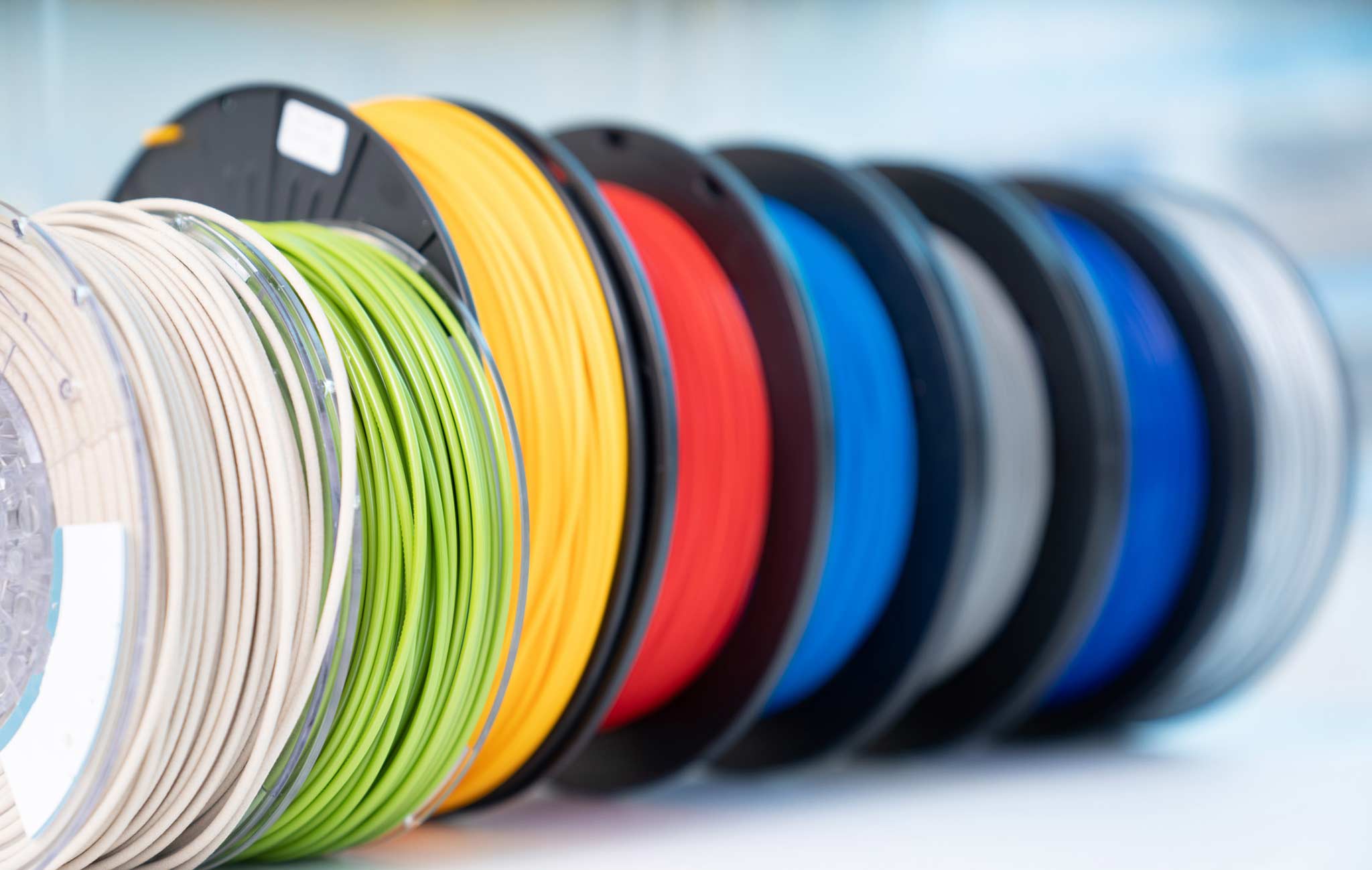OogaBooga
New Member
To start, I'm completely new when it comes to making armor. In the past, I have printed and painted a prop Halo 5 Gunfighter Magnum, but I have no experience in anything else. I want to completely 3D print my armor set rather than using foam, but I'm having trouble figuring out the best way to print everything to maximize strength and minimize print times and filament usage. I have an Anycubic Chiron, so individual print size won't be a big issue, but I can't really come up with an ideal way to slice and print everything. If there are any relevant guides as to how to start from the ground up, please direct me to them.
Thank you for putting up with my newbie questions,
OogaBooga
Thank you for putting up with my newbie questions,
OogaBooga

